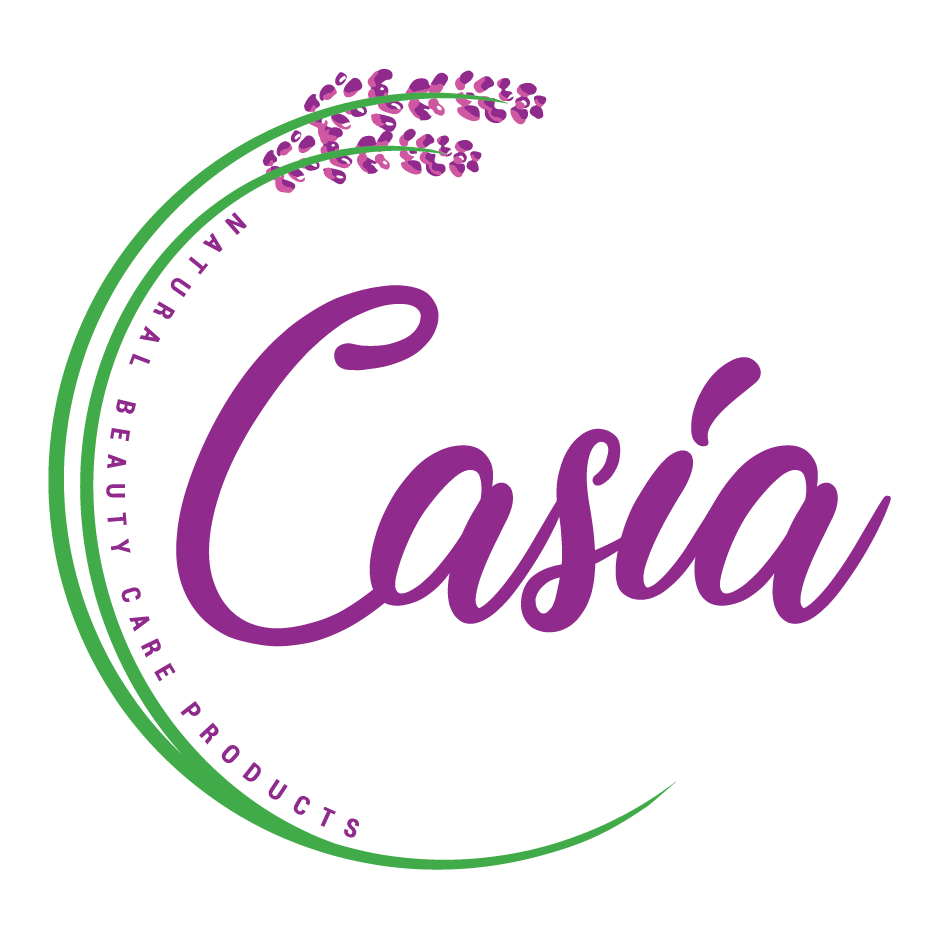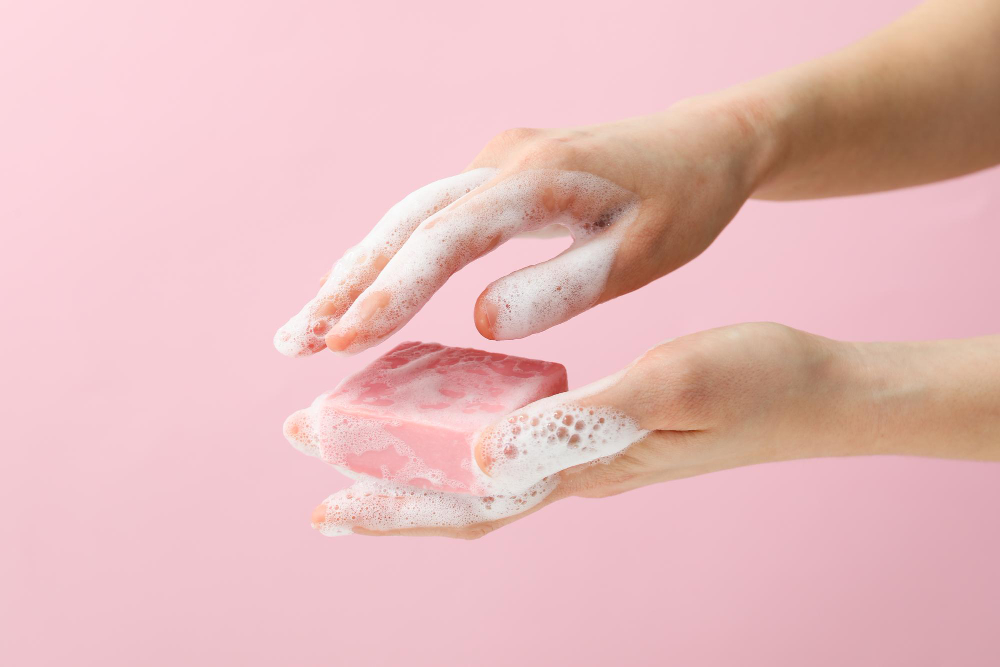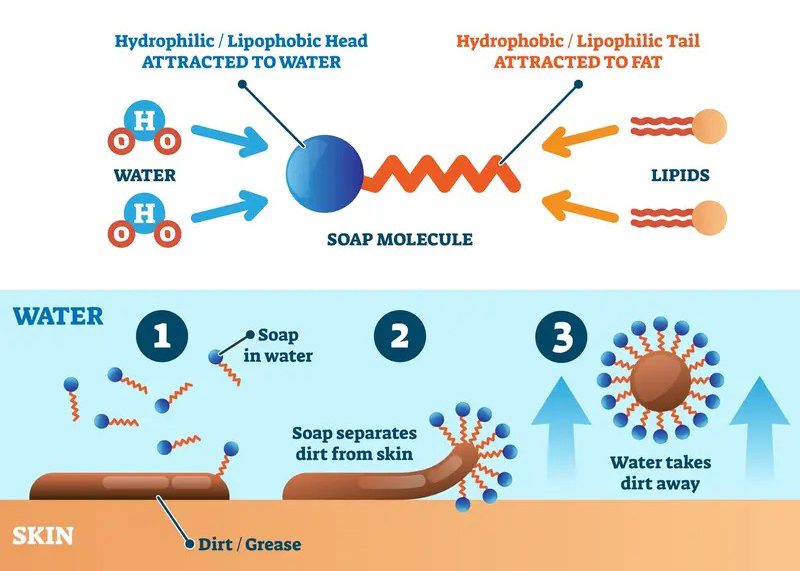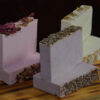Soap is one of those things that seamlessly fit into our everyday lives. If you think about it, it’s everywhere – in the shower, on your sink, in the kitchen, bathroom, laundry… But most of the time, we don’t think about it. It’s just there.
But as something we use so often, shouldn’t we know a little bit more about the ones we take home? After all, there are thousands of formulas out there, all with their own proposed miracle effects. But more than a few of them have less-than-healthy ingredients snuck in – and do you know how to spot them?
Not to worry. In today’s article, we’re breaking down everything you need to know about soap – from the science behind an effective one, to which ingredients to look for and which ones to avoid, as well as how your sudsy choices affect the planet, our furry friends, and your own health.
Yup – settle in, friend. You’re about to become a soap expert.
What is Soap, and How Does it Work?
A Quick Chemistry Lesson
In order to understand why most soaps aren’t as effective as the marketing would like you to believe, we need to first understand how soap actually works, and why. So, let’s break it down.
As you probably know, your skin has a natural barrier of oils that moisturizes and protects your skin. But as you move through your day, dirt and sweat mix with this oil barrier, inconveniently creating the perfect breeding ground for bacteria.
And unfortunately, water alone can’t get rid of this oily buildup, because water and oils don’t mix. You can scrub and scrub to your heart’s content, but the method is pretty ineffective.
And this is where soap comes in!
True soap is made through a chemical process called saponification, which creates a molecule with two key parts. One end is lipophilic, which means it’s attracted to oils, and one end is hydrophilic, which means it’s attracted to water.
As you soap up your skin, the lipophilic end of the soap molecule binds to the dirty, bacterial oils that sit on your skin. The hydrophilic end, on the other hand, follows the water. So, as you rinse your soap off, the dirty oils and bacteria follow the suds right down the drain.
Easy, peasy, and it all happens in seconds. Don’t you just love it when chemistry does all the work for you?
The saponification method has been used to make soap in civilizations around the world for thousands of years, which spoils our next point – soap doesn’t require any harsh chemicals or complicated ingredients to work. All it needs is an acid (in this case, a fatty acid) and a base. And there are plenty of natural ones out there.
The all-natural Casia soap bar is both cruelty-free and vegan, and handcrafted locally in Lebanon using only 100% organic and Fair-trade certified ingredients. It effectively cleanses and moisturizes your skin, and the ingredient list is short and uncomplicated, just as it should be. We may be biased, but we think you’ll love it.
It comes in wonderful fragrances – soothing Lavender, Chamomile, Jasmine, Coffee, Shea Butter and many more. Or, if you prefer, there’s an entirely scent-free option that is extra kind on sensitive skin.
Not sure which scent is for you? Contact us to help you choose!
And make sure to let us know what you think – Casia Soap is made for you, and we’re always curious to hear your opinions!





